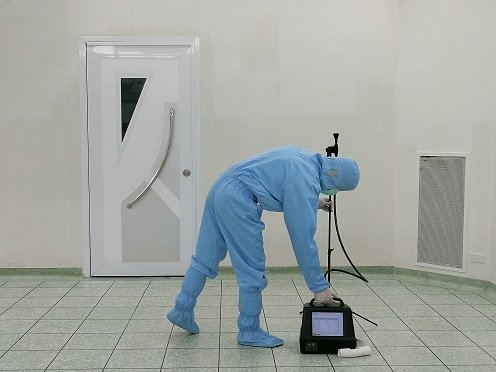
While studies have shown that people in Europe and North America spend about 90% of their time indoors, indoor air quality has only started to receive the kind of attention as its outdoor counterpart since the outbreak of the coronavirus. As hospitals and other medical facilities have become de facto training grounds for controlling the spread of the virus, offices; retail; and education facilities are watching them closely in order to develop effective strategies to reopen safely and keep new infections to a minimum.
1970s Energy Crisis Affects Indoor Ventilation
As a result of the energy crisis of the 1970s, America had to find new ways to conserve energy. For this reason, we sealed up our homes, offices and schools in an effort to cut down on leakage and ventilation rates. Unfortunately, this solution also led to a much greater concentration of indoor pollutants. Indeed, the subsequent reduction in our clean air supply gave birth to the term Sick Building Syndrome, which was used to describe symptoms such as headaches, dizziness and difficulty concentrating due to being in a building with substandard air quality.
In addition, recent research has also shown that poor indoor air quality can adversely affect people’s decision-making, productivity, and well-being. While we’ve known for many years that buildings harbor multiple sources of air contamination such as volatile organic compounds (cleaning agents, paint, fuels, insecticides, and building materials), mold, and bacteria, we can now add coronavirus to this list.
The danger, especially when trying to control a sometimes deadly airborne pathogen, is that inadequate ventilation magnifies the presence of these contaminants. While regular cleaning and decontamination of commercial buildings reduces the spread of contagious diseases, more drastic measures are necessary to ensure the continued well-being of their occupants.
Ventilation in Commercial Buildings as Compared to Medical Facilities
Although Covid-19 spreads through respiratory droplets in the air when someone coughs, sneezes or talks, healthcare facilities have already designed their ventilation systems to minimize the spread of these kinds of airborne diseases. As we reopen non-medical buildings for business, however, the big question is whether we can redesign or retrofit their existing ventilation systems to the same standards as hospitals and healthcare facilities.
Air enters a building through a ventilation system that mixes recirculated air and fresh outdoor air; it is usually cooled or heated as well. Commercial use building codes usually require a minimum amount of outside air to enter different spaces inside a building.
The global pandemic, however, has highlighted the need for more fresh air from the outside and increased filtration inside commercial buildings. Since poor indoor air quality can harm the lungs, it leaves people especially vulnerable to a disease like the coronavirus, which attacks the respiratory system. Consequently, it is imperative that commercial buildings adopt the same air quality standards as medical facilities.
Indeed, some training companies have responded quickly by offering courses via Zoom specifically for Covid-19 disease prevention, cleaning and disinfection in buildings for facility managers or abatement contractors.
Adopting Green Building Technology
Fortunately, newer technology is paving the way for greener buildings to cut down on energy consumption while still maintaining occupant health and comfort. Improved ventilation systems that generate more outside airflow, better air quality monitoring, and more efficient purification systems are available for both residential and commercial HVAC systems. The problem, until recently, was that many companies did not take seriously the effects of air quality on health and productivity. They relied on things like mold and asbestos testing to correct their indoor air quality issues when a more complete overhaul of their systems was needed.
Coronavirus Marks a Turning Point
One of the positives to emerge from the global pandemic might be a widespread switch to the kind of green building technology that many people have advocated for years. In order to reopen safely, building owners and facility mangers have no choice but to adopt practices which prioritize occupants’ health. While improving indoor air quality used to be a priority mainly for healthcare facilities, it is now essential for any type of interior space.
In other words, the devastation wrought by the coronavirus has forced us to confront the degree to which indoor environments impact our health and spread disease. As a result, adopting a new, more environmentally friendly and technologically advanced approach to indoor air quality will not only guard against the current threat of coronavirus, but it will also improve our overall health by offering more protection from other health issues such as the flu and common colds.